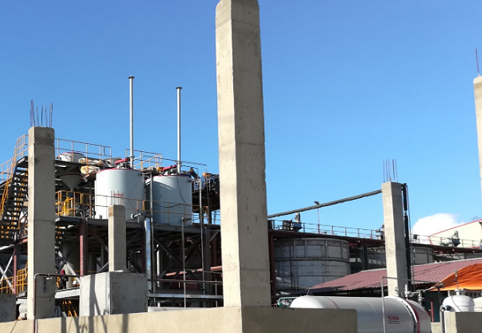Fluorite, also known as fluorite, has a chemical composition of Ca F2 and is usually in the form of cubic or octahedral crystals, sometimes in the form of block or granular aggregates. Fluorite is an important non-metallic mineral raw material with a wide range of industrial uses.
Fluorite consumption in the chemical industry accounts for 50% of the total consumption, mainly used to prepare hydrofluoric acid and its derivatives; due to its low melting point, it is widely used in the steel, non-ferrous metals, cement, glass and ceramic industries.

Fluorite deposits can be roughly divided into two categories: one is silicate fluorite deposits, the ore of which can be divided into three types: fluorite monomineral, sulfide-fluorite, quartz-fluorite; the other is limestone fluorite deposits, the ore of which can be divided into three types: barite-calcite-fluorite, calcite-fluorite, quartz-fluorite
The density difference between fluorite and gangue minerals such as carbonate, quartz, and silicate is small. At the same time, as fluorite is depleted and the mosaic relationship with gangue minerals is close, only fine grinding can achieve monomer dissociation. This type of fluorite ore can only be separated from gangue by flotation.
The action mode of fluorite and collector is: anionic collectors (such as oleic acid and sodium oleate) are adsorbed on the surface of fluorite and calcite by chemical adsorption. Sulfonates are adsorbed on the surface of minerals, and cationic collectors are adsorbed on the surface of minerals by physical adsorption.
© 2021 Yantai KZ Mining Processing Technology & Equipment Inc.